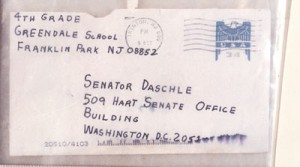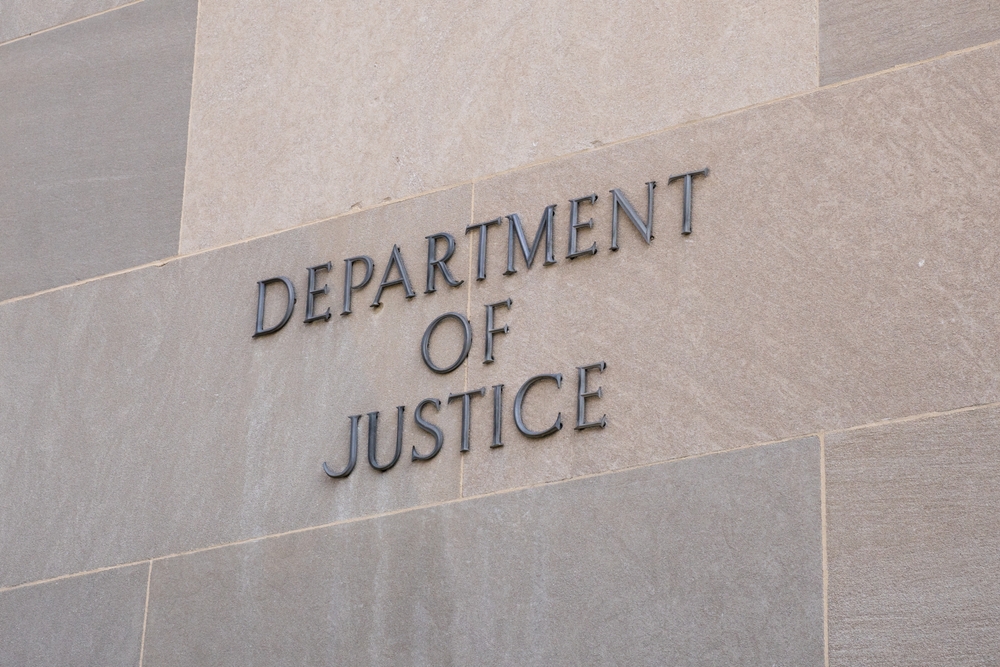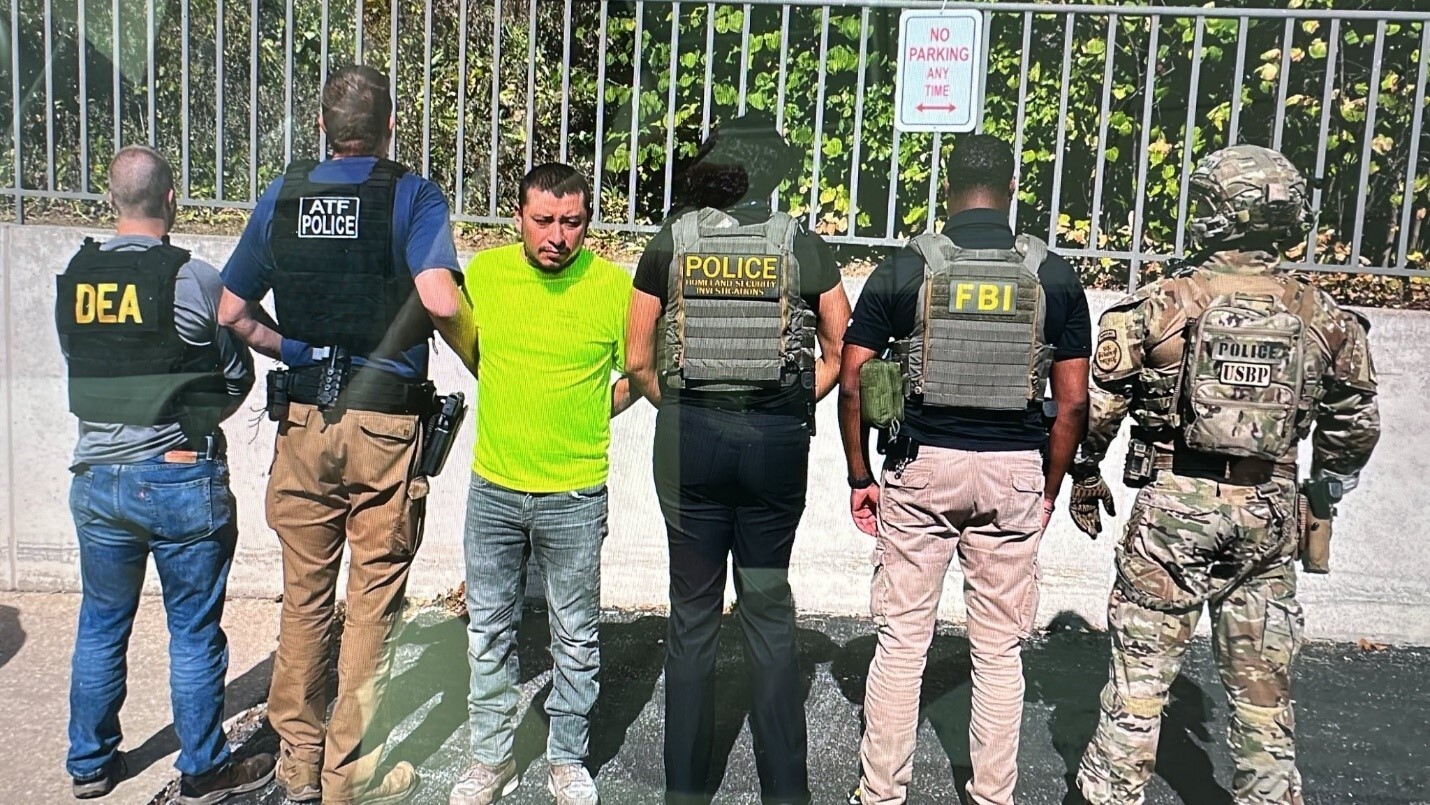The anthrax attacks came as the second punch after the Sept. 11, 2001 attacks. The postal service has taken steps to address the threat and so have some major cities. The question now is: What else needs to be done?

Steve Sternberg
USA Today
A ringing telephone startled Tom Slezak from a sound sleep. It was 1 a.m. on Oct. 6, 2001. The caller gave Slezak three hours to pack for a chilling, top-secret mission: to protect Washington, D.C., and other U.S. cities from a major bioterror attack.
For all Slezak knew, an attack had begun. Hours earlier, a Florida photo editor named Bob Stevens had died after inhaling anthrax powder sent by mail, jolting a nation that was still reeling from the 9/11 hijackings. At the time, the scope of the anthrax attacks that eventually killed five people and sickened 17 others wasn’t clear.
Slezak got the call because he helped pioneer the genetic analysis of biological agents at Lawrence Livermore National Laboratory in California. Today, eight years after the anthrax attacks, the system Slezak’s research team started, known as BioWatch, is quietly operating in more than 30 cities.





